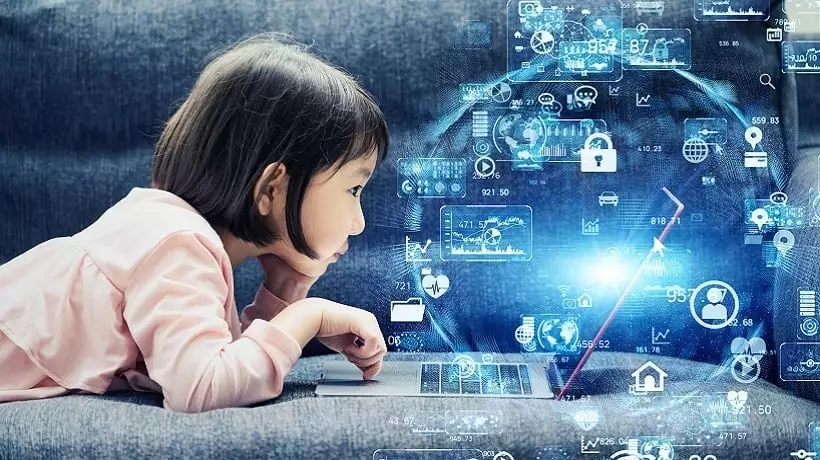Introduction:
In the 21st century, technology has become an integral part of our daily lives, shaping the way we communicate, work, and even learn. In the realm of education, technology has brought about a paradigm shift, transforming traditional classrooms into dynamic learning environments. This article explores the multifaceted impact of technology in education, examining its benefits, challenges, and the potential it holds for the future of learning.
Interactive Learning Platforms:
Technology has revolutionized the way information is delivered and consumed in educational settings. Interactive learning platforms, often accessible online, provide students with a personalized and engaging learning experience. Platforms like Khan Academy, Coursera, and edX offer a wide range of courses, allowing learners to study at their own pace and on their schedule. These platforms leverage multimedia elements, quizzes, and interactive exercises to enhance understanding and retention of concepts.
Additionally, Learning Management Systems (LMS) like Moodle and Canvas are widely adopted by educational institutions to streamline course administration, facilitate collaboration, and provide a centralized hub for resources. These platforms foster a more interactive and participatory learning environment, breaking away from traditional lecture-based methods.
E-Learning and Virtual Classrooms:
The rise of e-learning and virtual classrooms has bridged geographical gaps, making education accessible to a global audience. With the advent of video conferencing tools like Zoom and Microsoft Teams, educators can conduct live classes, enabling real-time interaction and collaboration among students from different corners of the world.
E-learning modules, often enriched with multimedia content, simulations, and gamified elements, cater to diverse learning styles. Virtual reality (VR) and augmented reality (AR) technologies have also found their way into education, offering immersive experiences that enhance understanding in subjects like science, history, and even vocational training.
Adaptive Learning Systems:
Technology has paved the way for adaptive learning systems that tailor educational content to individual learner needs. Artificial intelligence (AI) algorithms analyze student performance and behavior to provide personalized learning pathways. This ensures that each student receives targeted instruction and support, addressing their strengths and weaknesses.
Adaptive learning platforms, such as DreamBox and Smart Sparrow, use data analytics to create a customized learning journey for each student. This personalized approach not only enhances academic performance but also fosters a sense of empowerment and engagement in the learning process.
Collaborative Tools and Communication Platforms:
Communication is a key aspect of education, and technology has facilitated seamless collaboration among students, educators, and parents. Platforms like Google Workspace for Education and Microsoft 365 Education provide a suite of collaborative tools, including document sharing, real-time editing, and video conferencing.
These tools promote teamwork, project-based learning, and communication skills, essential for the 21st-century workforce. Parent-teacher communication has also been streamlined through dedicated apps and platforms, fostering a stronger partnership in the education journey.
Challenges and Considerations:
While the integration of technology in education brings numerous benefits, it is not without challenges. Issues such as the digital divide, where not all students have equal access to technology, need to be addressed. Additionally, concerns about data privacy, online security, and the potential for technology to replace human interaction in the learning process require careful consideration.
Educators and policymakers must strike a balance between leveraging technology for its advantages and preserving the essential human elements of education. Professional development programs for teachers and ongoing research are crucial to ensuring that technology is effectively integrated into the educational landscape.
Conclusion:
Technology in education is a transformative force that has the potential to democratize learning, foster innovation, and prepare students for the challenges of a rapidly evolving world. As we continue to embrace and adapt to technological advancements, it is essential to approach these changes thoughtfully, addressing challenges while harnessing the immense opportunities technology brings to education. By doing so, we can collectively contribute to creating a future where education is not confined to classrooms but is a dynamic, accessible, and lifelong pursuit for learners of all ages.







